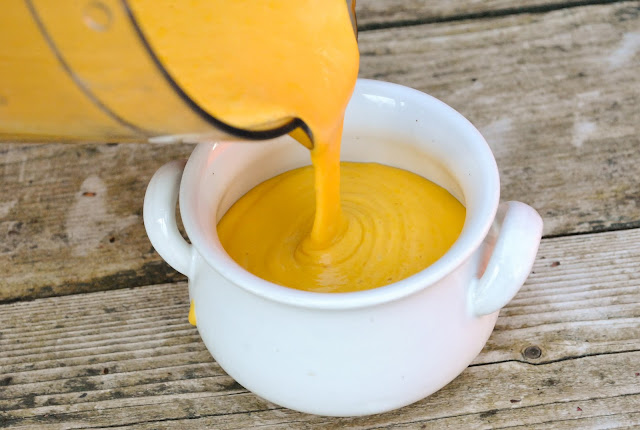

Meanwhile, food processors typically come with multiple blades and discs that users can switch out depending on the recipe's demands.īlenders have a lower capacity than food processors, but they have more options regarding size range. This blade cannot be switched out but works well in crushing, pureeing and liquifying ingredients. Most high power blenders have one blade with multiple points at differing angles to blend food thoroughly. On the other hand, food processors have broader and larger jars that give the appliance ample space to process recipes. In addition, most blenders feature a handle and pouring lip to transfer liquid ingredients quickly. Let's explore in detail the key differences between the two devices:īlenders have taller jars to keep liquid recipes in the container as they are processed, allowing for an even blend. However, the specific mechanisms of each are different. The setup between a high power blender vs food processor is highly similar since both machines feature a motor housed in a base, a container that holds the ingredients and blades that blend or process the food. High Power Blender vs Food Processor: Key Differences Recipes that require rough mixing include chunky salsa, pesto, snack bars, cookie dough and homemade energy balls. Mixing: The machines are perfect for those who need to mix ingredients but want to avoid smooth results.They ensure all the dry and wet ingredients are evenly incorporated and eliminate unmixed pockets of flour with no effort. Kneading: Food processors are widely used for dough kneading because they have larger attachments that allow better aeration.The only thing you need to do is make sure you have the proper attachment in place. They have blades that you can switch out depending on the intended task. Chopping: Food processors are perfect for chopping, shredding or slicing a large quantity of food.

You can use food processors for the following purposes: Food processors work wonderfully when grating dry ingredients, allowing for easy and fast meal preparations no matter the recipe.

However, the machine's motor is less powerful than blenders, causing the blades to rotate slower, producing chunkier results. Like blenders, food processors use blades to chop, slice and grate foods and can process even the toughest crop.


 0 kommentar(er)
0 kommentar(er)
